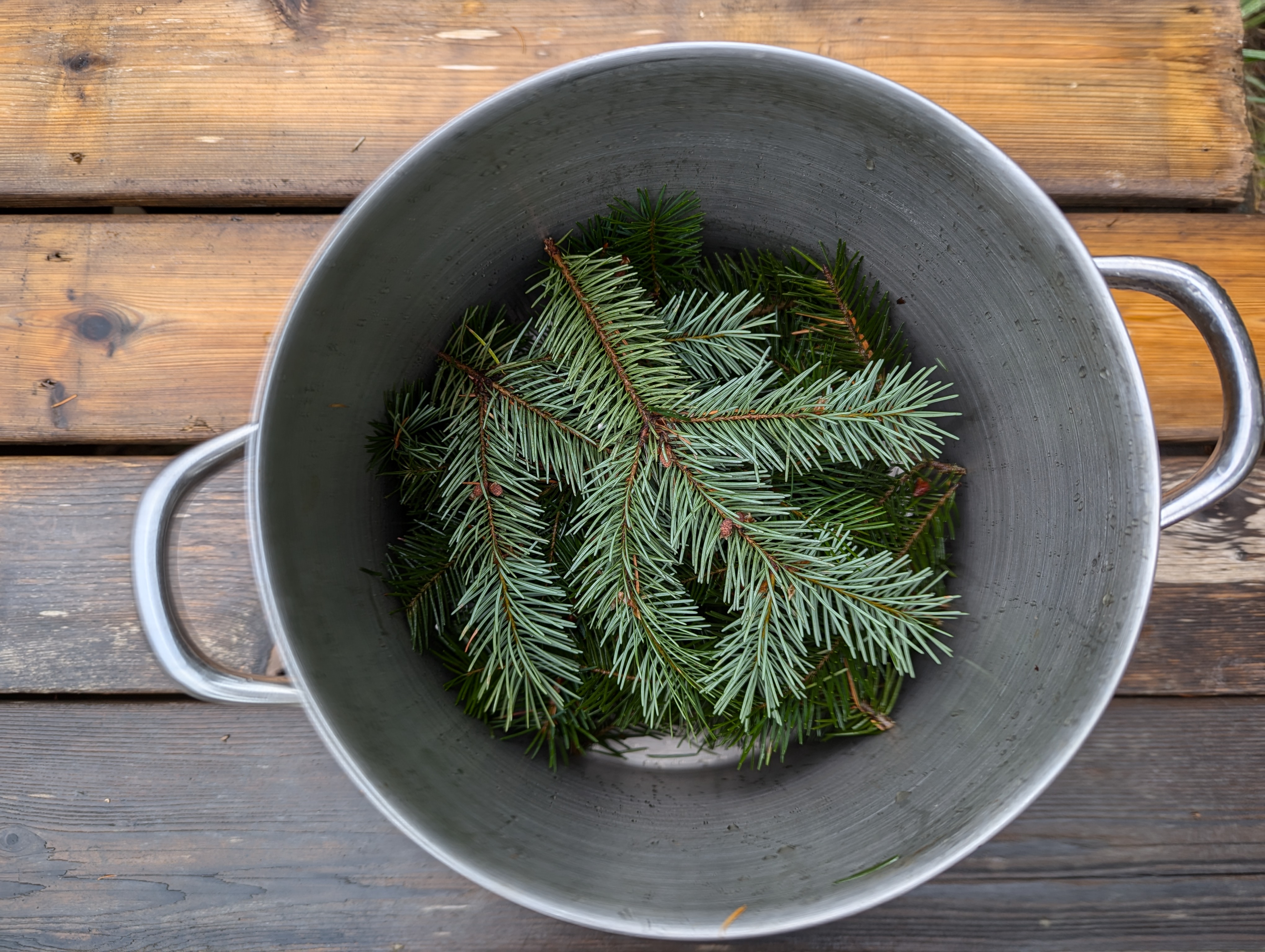From Festive to Functional
Eight years. That’s the average length of time it takes for a Christmas tree to mature. For the holiday season’s flagship ornament, that’s a big time investment for something that will only be displayed for a few weeks before it’s fed to the wood chipper. So, how can we extend the longevity of these cherished Christmas icons? Here are a few ideas for making the most of our happy little trees.
Replant live evergreens
Purchase a live tree, either in a pot or with a root ball covered in burlap, so that it may be replanted after the holidays. In our West Coast climate, we should only keep live trees indoors for several days maximum if we want to replant them, otherwise they will come out of their winter dormancy and suffer transplant shock. Several “tree rental” companies will deliver a potted tree and pick it up to be replanted after the holidays.
If you have a larger property, consider starting a Christmas tree grove where you can replant your trees, which could become a wonderful legacy for the future. Imagine your kids and grandkids taking a nostalgic walk through Christmas tree lane, where each tree is tagged with the year it was used with a special memory from that Christmas written on the back.
Get crafty
Breaking down your Christmas tree into smaller, more manageable parts offers an abundance of materials for arts and crafts projects. In 2023, the Salt Spring Island Conservancy offered a winter crafts event for families using found materials from the forest. Owl ornaments were assembled from broken bark, with acorns for eyes. Fleets of reindeer were expertly orchestrated with some simple drilling, cut branches and hot glue. Large pinecones became gnomes, peeking beneath felted hats.
Harvest the needles from your tree to create pine needle sachets—these can be used as a fragrance for your drawers or closet, stretching that delightful sappy scent from Christmas well into the new year. Or use branch ends for pattern-making upon various mediums: ink the pine branches and press onto paper to make next year’s Christmas cards, or imprint into pottery clay for a natural effect.
Spill the tea
Collect pine tips from your tree and steep them, covered, in freshly boiled water for 10 minutes, then strain. The resulting tonic can be used for a variety of purposes. Drink the tea and benefit from powerful antioxidants including vitamin C and vitamin A. Add some of the tea to a hot bath and allow the pine resin to soak into your skin, imparting anti-inflammatory properties. If you’re into textile arts, try making an extra-large dye bath (essentially the same process as making tea) and experiment with using it as a natural fabric dye.
Recycle cycle
While many districts use wood chips as part of community programs or to raise funds for charities, there are many other ways to recycle your Christmas tree. If you have an outdoor fire pit, break down your tree into manageable portions and save for future use. You can also do this for an indoor fireplace, but ensure you let the wood season for at least one year before burning. You could even try cutting thin rounds from the base of your tree, then sanding and staining them to make drink coasters.
Every Christmas tree has spent close to a decade readying itself to be celebrated within your home. We owe it to the trees to appreciate their joy and usefulness beyond the short holiday season and to explore creative ways to honour—and extend—their lifespan.





